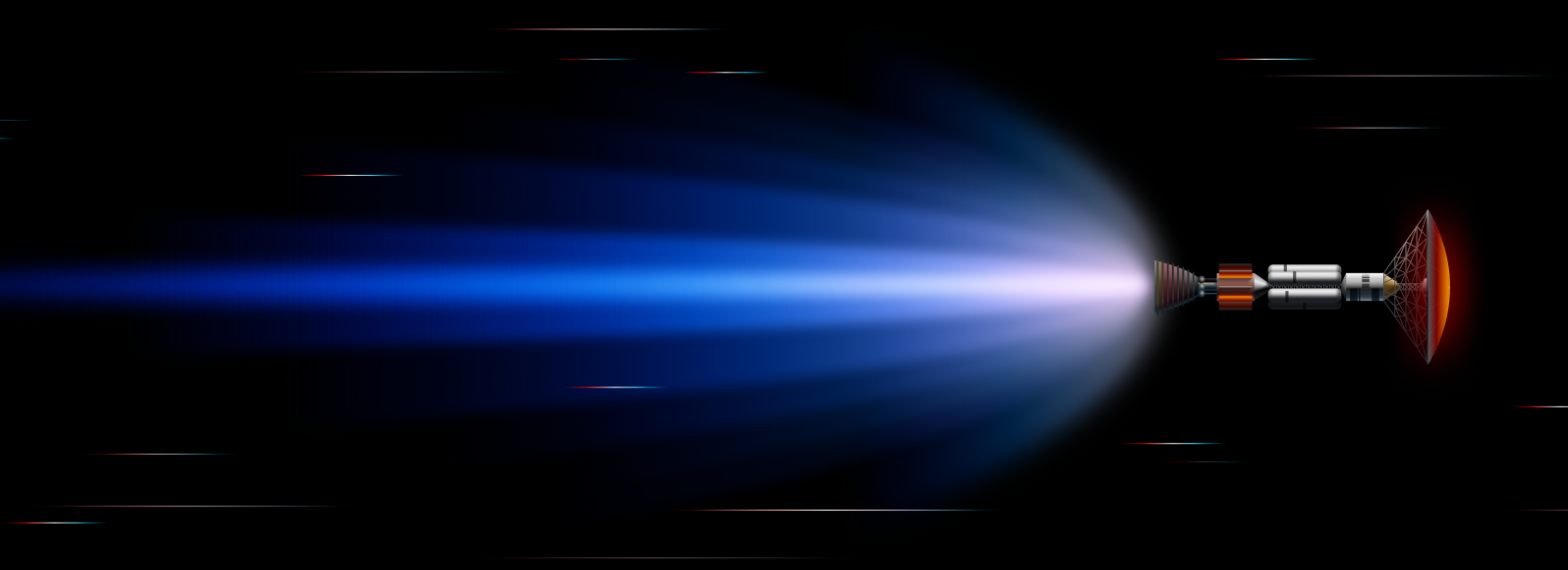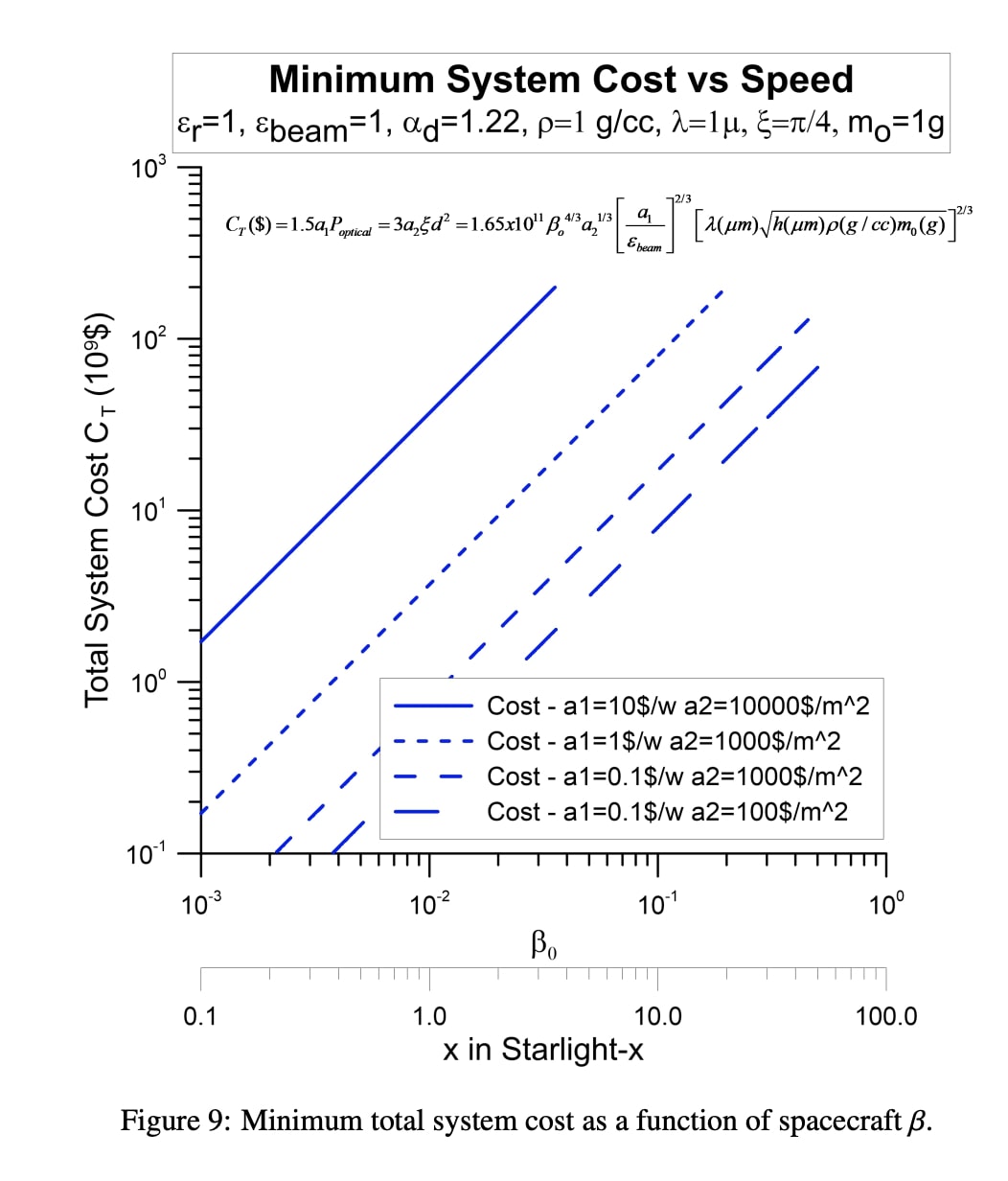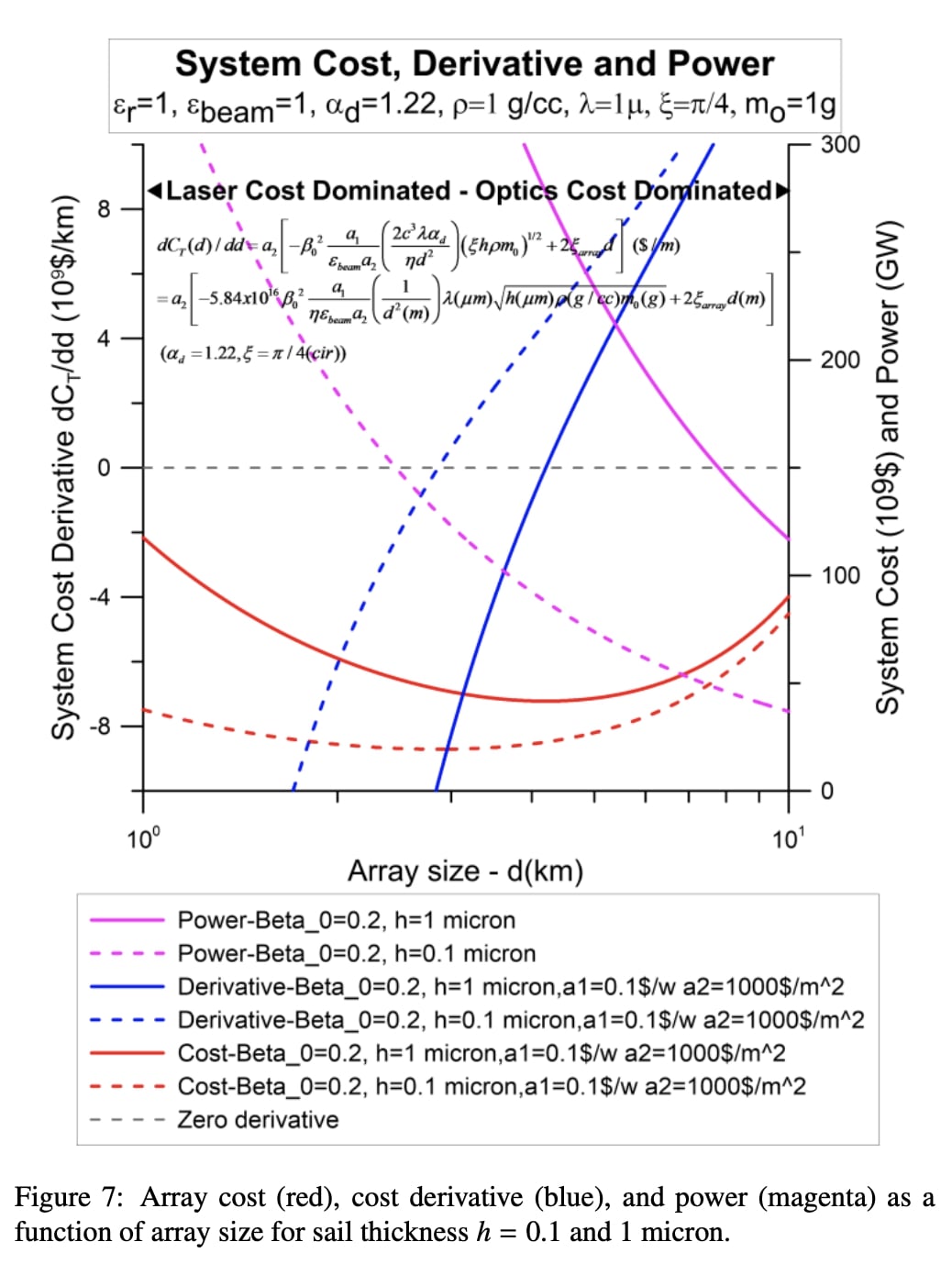How to go inter-stellar
The longtermist way of spreading consciousness throughout the galaxy
Monday, January 9th, 2023

Interstellar distances are mind-bogglingly large – so large that it's almost impossible for our brains to even wrap around them. Just a trip to our nearest star would take hundreds of thousands of years in the fastest spacecraft we've ever designed, let alone colonizing the entire galaxy. And unfortunately, the nearest systems to us – like Alpha Centauri and Proxima – are likely inhospitable for the same reasons we might not find another Earth within a 30 light-year radius: super flares and sterile multi-sun star systems.
But here's the thing: our Milky Way galaxy is around 80-100 thousand light-years across and contains around 400 billion star systems. That means there is likely an ocean of potential new homes out there, just waiting for us. The “only problem” is crossing the vast abyss of interstellar space.

While we're used to seeing interstellar travel in science fiction, our current understanding of physics simply doesn't allow us to reduce the duration of these trips. In fact, some have even suggested that interstellar flight might be the Great Filter preventing galactic civilizations from developing. But what if we were to embrace sub-light travel? What if we take a long-term view on galactic colonization?

Turns out, there are already many designs for sub-light ships floating around. These ships would, however, not be able to send living adult humans due to the mass budget being too high. Instead, we might consider a way of bringing the least amount of mass possible. One recently proposed interstellar ship, by the Breakthrough Starshot Project, would consist simply of a single chip propelled by overpowered lasers.

But what if we took this idea a step further and considered sending just human consciousness to another world? Let's merge two ideas: the Von Neumann interstellar self-replicator and the Breakthrough laser.
The mind-ship
Here's how we could send our consciousness accross the galaxy. A sub-light craft carrying self-replicating machinery would be deployed from Earth to a nearby star system. After thousands of years of travel, it would turn retrograde and start decelerating until it reached the new star system's asteroid belt. The sub-light ship would then attempt to find a 16 Psyche analog planetoid, as these would be excellent sources of metal.
Deploying a small cluster of Von Neumann replicator bots, the planetoid would be mined, and the cluster would build a large high-gain antenna and a series of factories. After finishing the antenna, a transmission would be sent back to Earth, indicating the mission was successful.
After a few years of light travel, the transmission would reach Earth, which would trigger an automated action: the transmission of a snapshot of all human consciousnesses at that time. The transmission would then reach the Von Neumann cluster, which was already constructing robotic bodies and ships from the metal planetoids.


And then, the cycle would repeat. A new sub-light ship and super laser would be developed and launched to the next system, and so on. According to the Von Neumann probes theory, the colonization of the whole galaxy could happen in over half a million years.

Now, this might seem like a long time to us, but remember: we're talking about interstellar distances here. And even though half a million years might seem like a drop in the ocean on a cosmic scale, it's still an incredibly exciting prospect. Just think about it: the possibility of human consciousness traveling to and colonizing new worlds, all while humanity would continue living their lives on Earth. A literal interstellar copy-paste.
The ideas of sub-light travel and sending human consciousness across the dephts might seem far-fetched, but it's not entirely out of the realm of possibility. And even if we can't achieve it in our lifetime, it's still worth considering and exploring. Who knows what kind of advances in technology and science we might make in the next few centuries that could bring us closer to achieving this goal?
But it's not just about the technology. There are also ethical and philosophical considerations to take into account. How would we choose which consciousnesses get sent? Would it be based on merit, or would it be a random selection? And once the consciousnesses are transmitted, how would they exist in the new world? Would they be able to interact with their surroundings in the same way that we do on Earth? These are all questions that will need to be addressed as we continue to explore the possibility of this type of interstellar travel.


One thing is for sure: the idea of interstellar colonization is both thrilling and daunting. It will require a lot of collaboration and creativity from scientists, engineers, and philosophers. But the rewards would be huge. The opportunity to expand our reach beyond our own solar system and potentially find new homes for humanity is a tantalizing prospect. So let's embrace sub-light travel and take a long-term view on galactic colonization. The galaxy is waiting.
References
- “Technology to Make Interstellar Missions Possible and Affordable”, August 16, 2022 by Brian Wang
- "The Alpha Centauri System: A Review of Its Habitability" by Belinda Nicholson, Journal of Astrobiology
- "Interstellar Colonization: The Challenges and Possibilities" by Mark G. Martins, The Space Review (website)
- "The Feasibility of Sub-Light Interstellar Travel" by John C. Mankins, Aerospace America
- "Exploring the Possibility of Von Neumann Probes for Interstellar Travel" by R. Michael Minch and John C. Mankins, The Journal of the British Interplanetary Society
- "The Breakthrough Starshot Project: A New Approach to Interstellar Travel" by Philip Lubin and Abraham Loeb, Scientific American
- "The Von Neumann Interstellar Self-Replicator: A Review" by Elizabeth L. Hill, The Journal of the British Interplanetary Society
- "Exploring the Feasibility of Sending Human Consciousness for Interstellar Travel" by Susan Schneider, The Journal of Astrobiology
- "Interstellar Travel and Galactic C
olonization: A Review" by John G. Molloy, The Space Review (website) - "Sub-Light Interstellar Travel: Possibilities and Challenges" by Richard Obousy, The Journal of the British Interplanetary Society
© João Montenegro, All rights reserved.